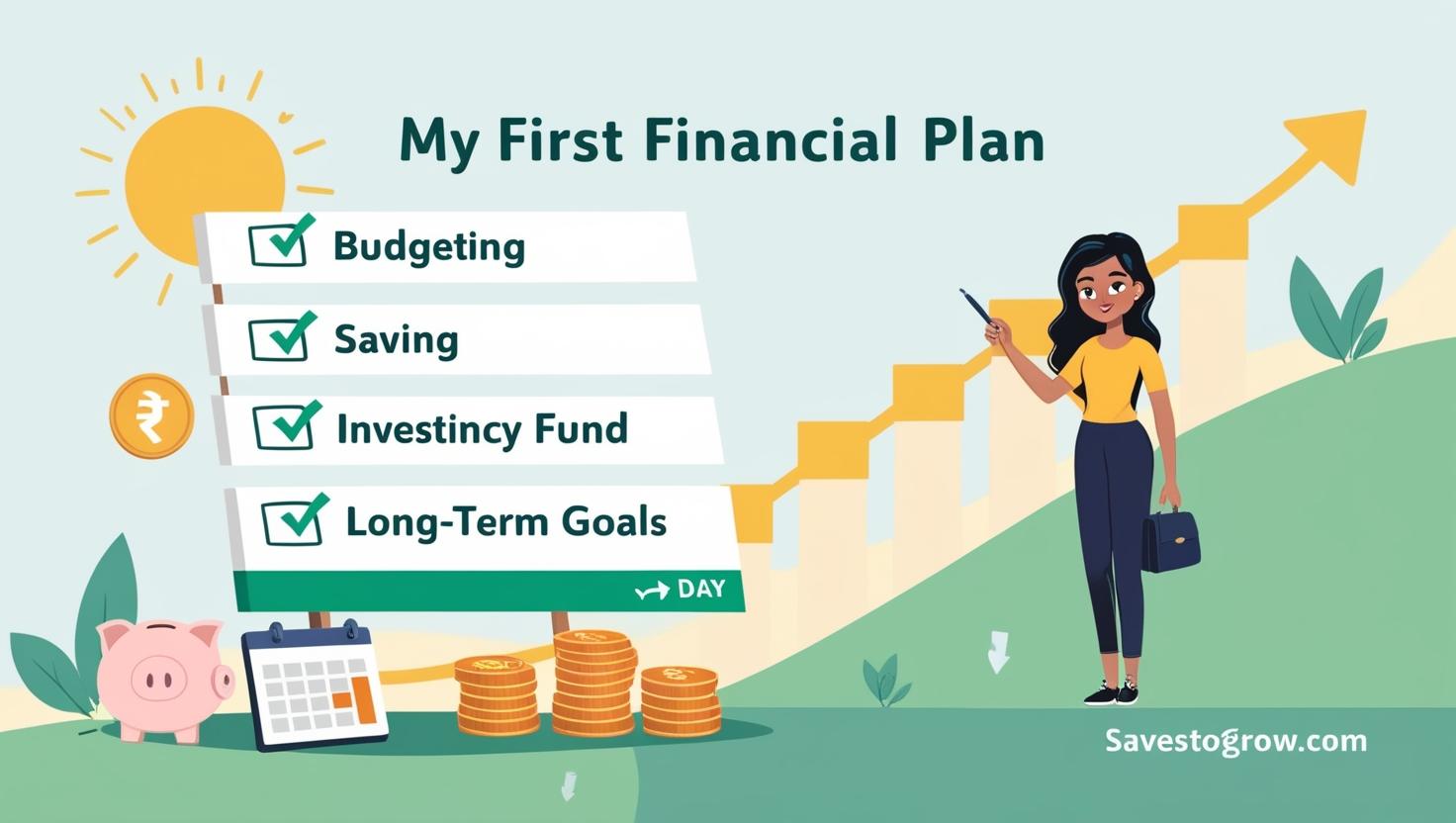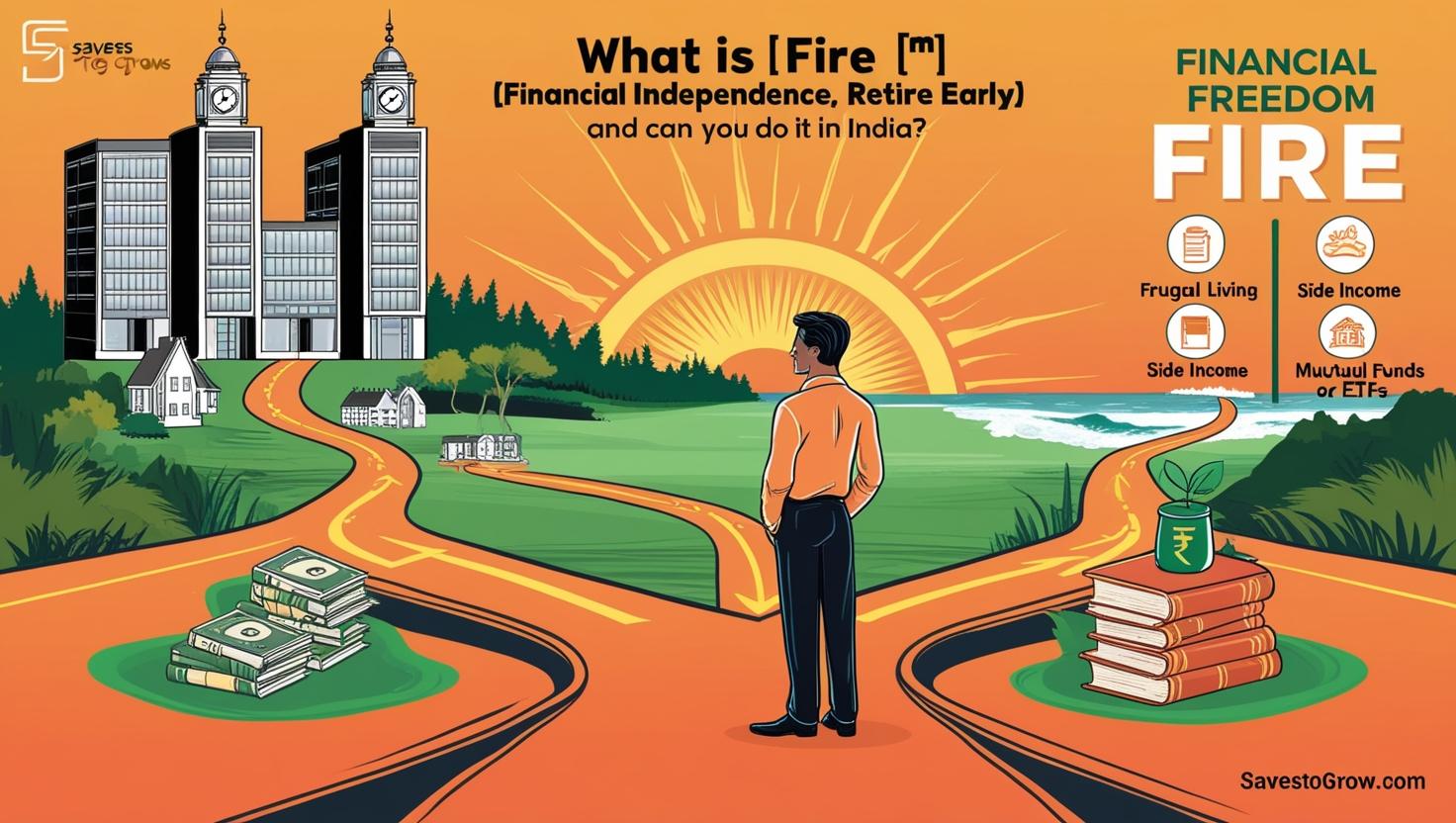Credit card debt in India is exploding.
You get an SMS:
“Transfer your credit card balance to XYZ Bank at 0% interest for 6 months!”
Sounds like a smart move, right?
Maybe.
But here’s what they don’t say up front.
Balance transfers can be a tool—or a trap.
It depends on how you use it.
Let’s break it down. No jargon. No sales pitch. Just facts.
🔄 What Is a Balance Transfer?
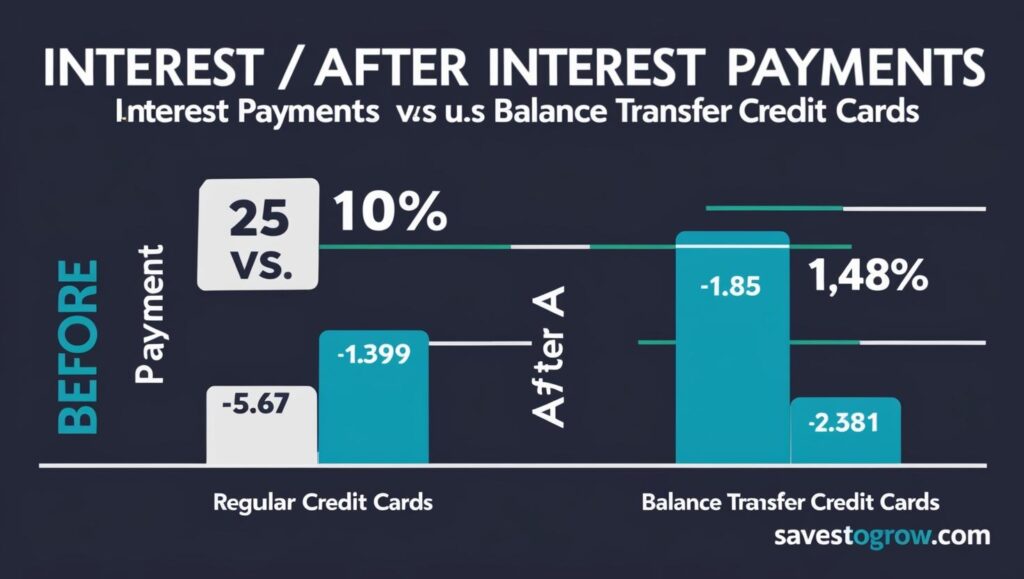
A balance transfer is when you move your existing credit card debt from one bank to another—usually because the new bank offers a lower interest rate.
In India, major banks like HDFC, ICICI, Axis, SBI, and Kotak offer balance transfer schemes.
They promise:
- 0% or low interest for 3–6 months
- Reduced EMI pressure
- Instant approval
But they rarely talk about:
- Hidden fees
- Terms buried in fine print
- What happens after the offer ends
💸 When Is It Worth It?
Here’s when a balance transfer actually helps:
✅ Your current card charges 36–42% annual interest
✅ You’re struggling to pay more than the minimum
✅ You can repay the transferred amount within the promo period
✅ You don’t intend to spend more on the new card
In this case? It’s a smart financial breather.
You’re swapping a high-interest trap for a short-term rescue rope.
⚠️ When It Backfires (And It Often Does)

Let’s talk about the dark side.
1. Processing Fees
Most banks charge 1–2% as a transfer fee.
So on ₹1,00,000, that’s ₹1,000–₹2,000 upfront.
2. No Interest ≠ No Penalties
Miss even one EMI or due date?
The 0% offer vanishes. You’re slapped with full interest + late fee.
3. Temptation to Swipe More
Transferring your balance frees up the old card. Many people use it again. Now you’re in double trouble.
4. Interest Spike After Promo Ends
After 3–6 months, the rate jumps back to 36%+.
If you haven’t cleared the debt, it snowballs.
🧠 The Smart Way to Use a Balance Transfer in India
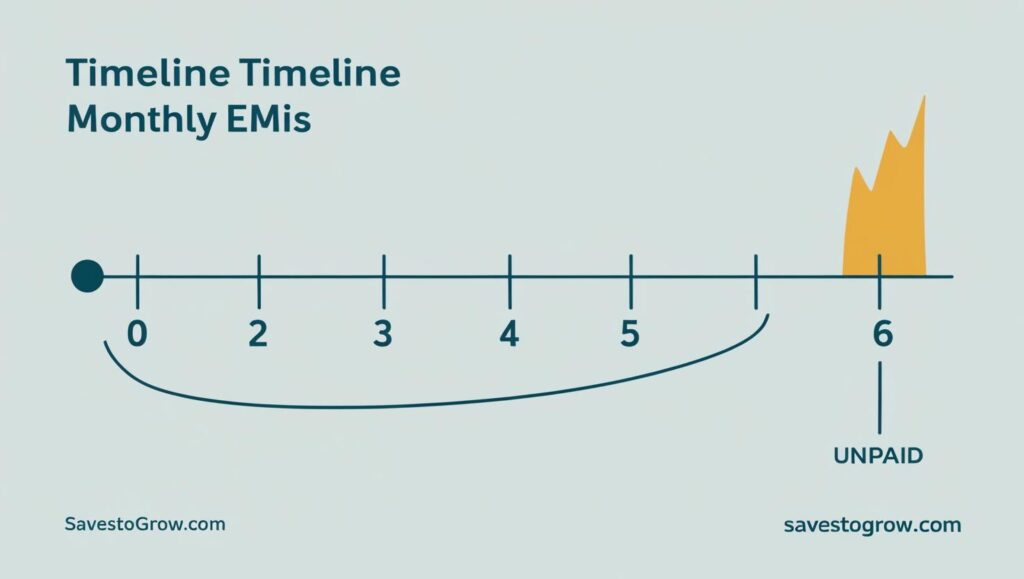
- Treat it like a bridge, not a crutch
Only use it to clear debt faster—not to delay it. - Pay off within the promo window
Set up auto-payments. No exceptions. - Don’t spend on the new card
Use it only for repayment. Lock it in a drawer if needed. - Compare banks clearly
Use tools like Paisabazaar or BankBazaar to find the lowest fees and cleanest terms. - Read the fine print
Know what happens after the offer ends. Especially the revert interest rate.
🧠 A Personal Note
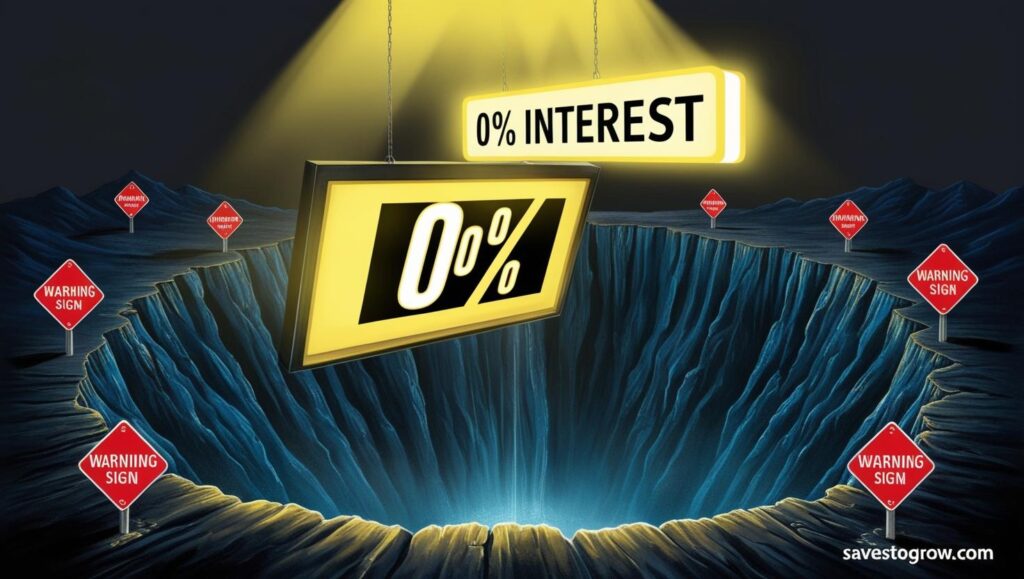
I once did a balance transfer from an ICICI card to Axis.
Saved around ₹12,000 in interest—but only because I paid it off in 4 months.
I read every line of the agreement. Set payment reminders.
Treated it like a financial bomb with a timer.
If I hadn’t? I’d be in deeper debt than where I started.
📚 FAQs
Q: Can I do multiple balance transfers?
Yes, but it affects your credit score and adds fees. Use sparingly.
Q: Does a balance transfer affect CIBIL score?
It might dip temporarily due to the hard inquiry, but repaying on time boosts it.
Q: What’s the best bank for balance transfers in India?
HDFC and Axis often have good offers, but compare options monthly—terms change fast.
Q: Can I transfer a personal loan balance too?
Yes, but the process and terms differ. Always ask for the effective APR (annualized rate).





